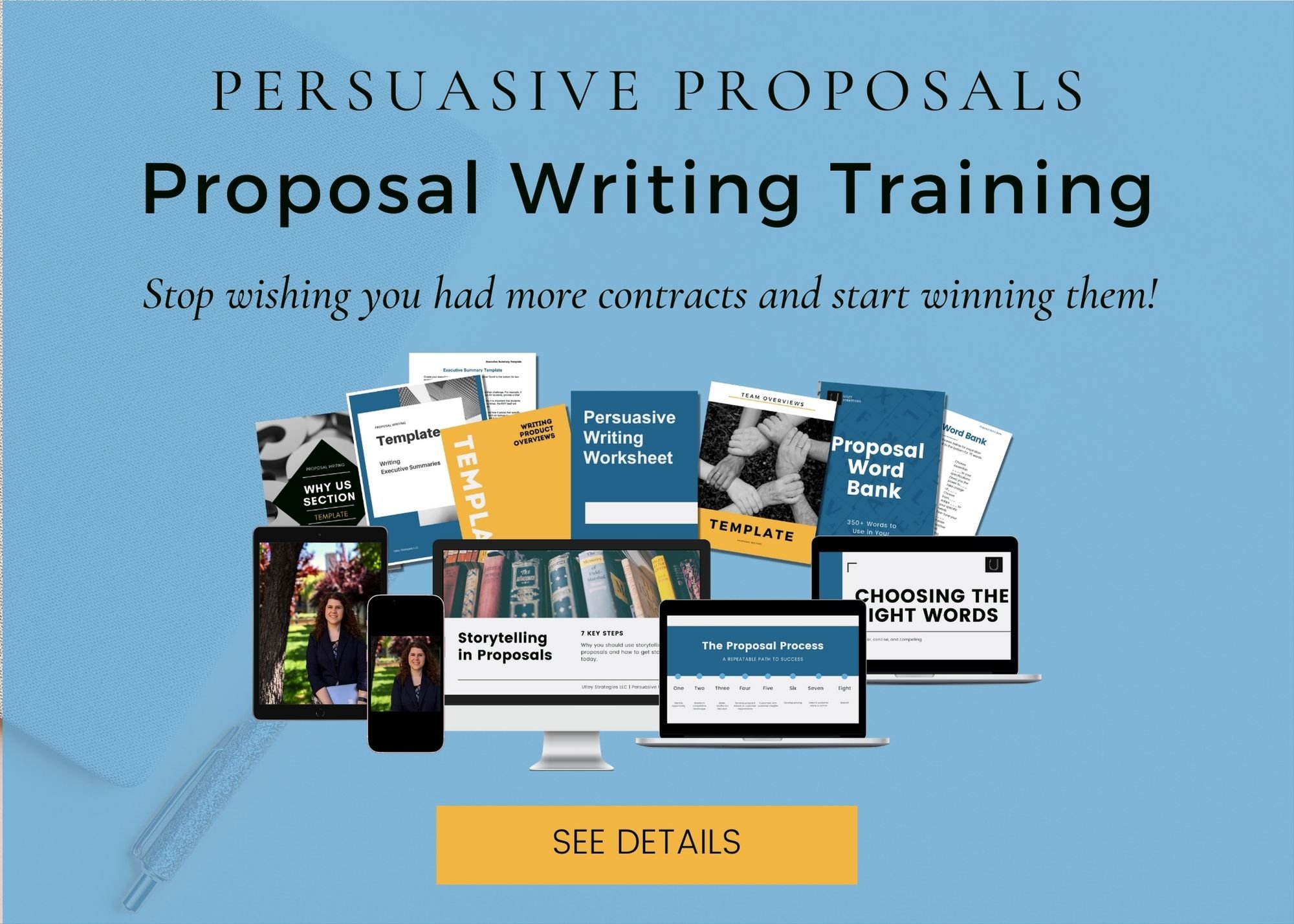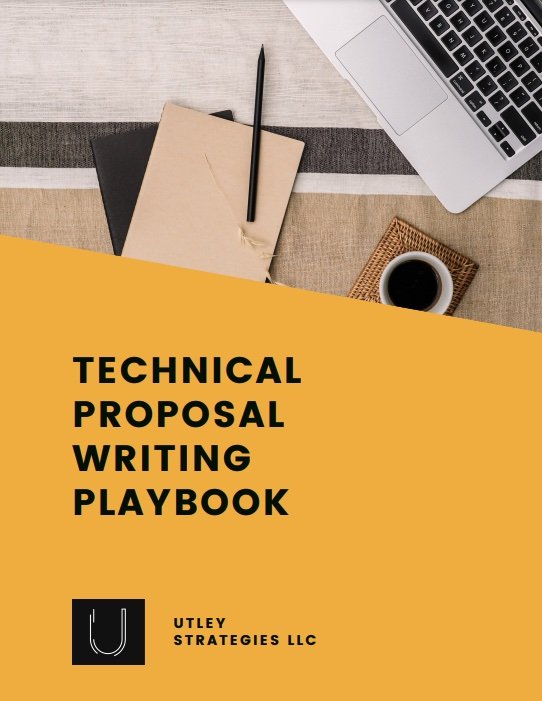4 Types of Proposal Content You Should Have on Hand
If you respond to proposals frequently, you likely already have a proposal content library created. However, in addition to the common questions about your company, offerings, staff, and pricing, there are other less-common subjects that you may want to have on hand for when they come up in an RFP. Here are four types of proposal content that you may not have in your library now but should add.
Financial Overview
Many publicly-traded companies are able to reference their financial statements (or 10-K) when asked about financial stability in an RFP. For smaller companies, however, this information is typically private and you may not want to share it. To address this question, create a short write up that describes the success you have had as a company, any key relationships that show you are trusted and responsible (such as with distributors, suppliers, and shipping companies), and consider other documentation that you can provide to ease any concerns that you might suddenly go out of business after signing the contract.
You can do this by providing a letter from your accountant or bank that speaks to your financial stability. Your insurance company may also provide a letter or proof to show that you have high insurance limits, and any creditors can provide similar lets that speak to your line of credit. If possible, you can also share limited financial statements that speak to your stability without disclosing everything.
Key Company Statistics
Some RFPs will require that you share key company information that you may not have easily available. You might also want to include this information to help tell your story or make your proposal more competitive. No matter the reason, it is helpful to have an updated list of key company information in your proposal library for when it is asked. Here are common statistics that you may come across:
Company locations
Number of employees
Organizational chart
Number of clients (and also number of clients in that specific industry)
Date founded/incorporated
State where registered and FEIN
Solution-specific statistics (ex. If you have a call center for customer support, how fast are the resolution times? Where are they based? How many people are there?)
Environmental Policy
With an increasing focus on climate change and our impact, more and more companies want to work with organizations who have a clear environmental policy in place that aims to reduce negative impact. If you are asked about this in an RFP and have nothing documented, this can be a challenging question to address in a short time period. A starting point is to describe any initiatives you have, such as a recycling program, using vinegar instead of harsh chemicals for cleaning, and environmentally-efficient buildings.
After you have this initial draft of content, you can refine it by adding in specific statistics around your impact. For example, you can track how much paper you recycle per year, how switching to energy efficient bulbs or turning lights off during certain times save a certain amount of energy, and other metrics that can clearly be measured. If you manufacture goods, describe how they are produced in a way that does minimal damage to the environment and include key statistics around this.
Since many of these examples will require measuring and monitoring your impact over time, it is important to begin working on this section before you’re asked for it in an RFP.
Value-Added Benefits
The last piece of content that is asked sometimes but not always covered in content libraries is “Value-Added Benefits”, which may also come in the form of “Is there anything else we should know about you?”
This question is the perfect place to highlight your strengths and any specific benefits the client will receive in working with you. Some organizations provide specific value-adds for certain opportunities, such as 5 free training sessions instead of 2. Since these are specific to each opportunity, they can be harder to create.
However, you can create a foundation of value-added content or a “Why Us” section to have on hand in case this question is asked. Within this section, you should describe your best differentiators and any benefits that clients typically experience in working with you. For example, if clients experience a 57% increase in employee satisfaction because of your services, then you can include this as a theme and highlight this stat within the text (and as a callout or graphic!). This is also a good place to show any benefits that you offer for free that your competition charges for (or doesn’t include at all).
Download the *FREE* Technical Proposal Writing Playbook to improve your proposals today!
Next Steps
Once you create these pieces of content to include in your library, you will need to monitor and refine the responses as you begin seeing these questions in RFPs. Your content will likely change over time, and this is a good starting point that will need to be tweaked over time.



